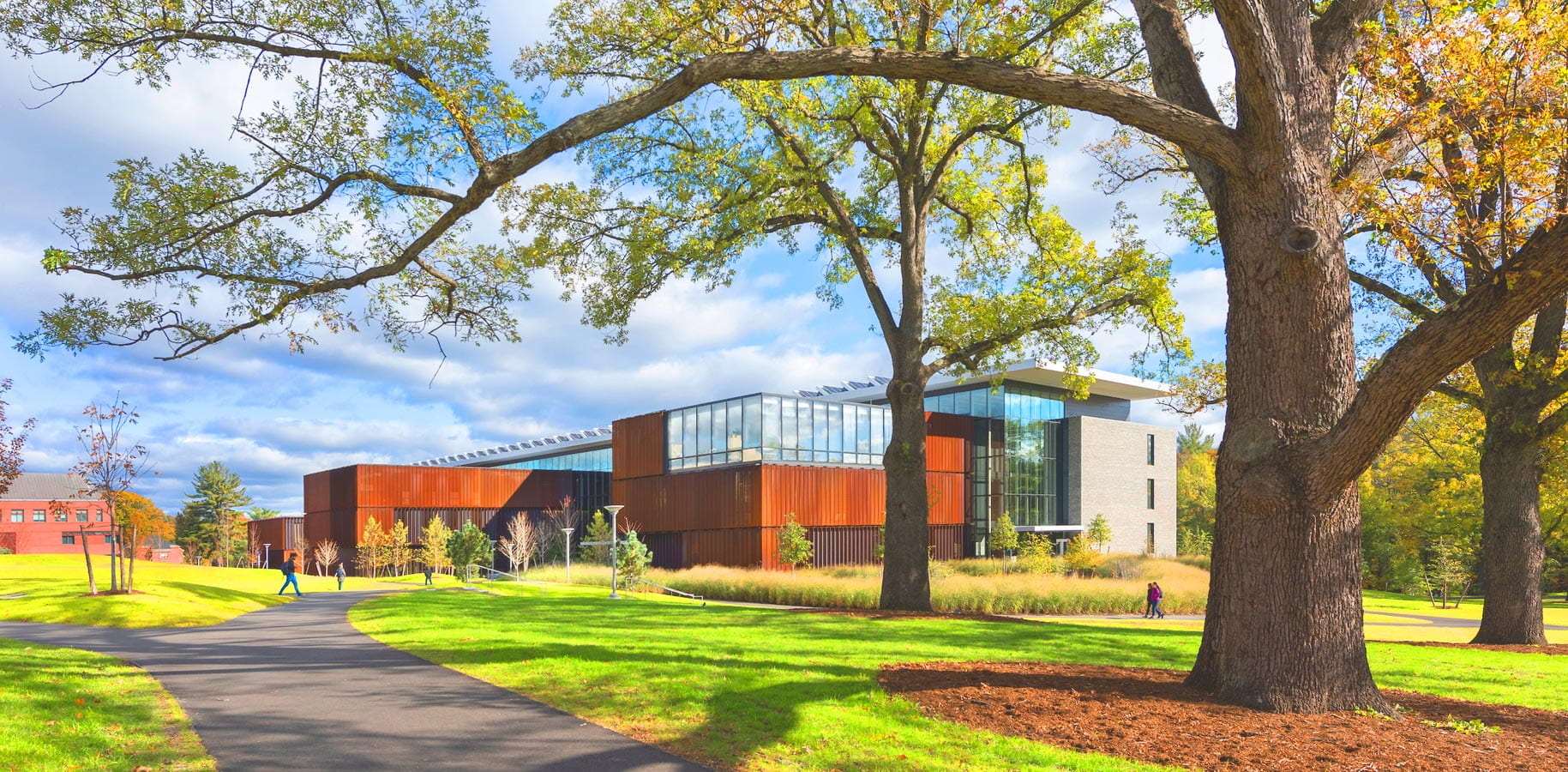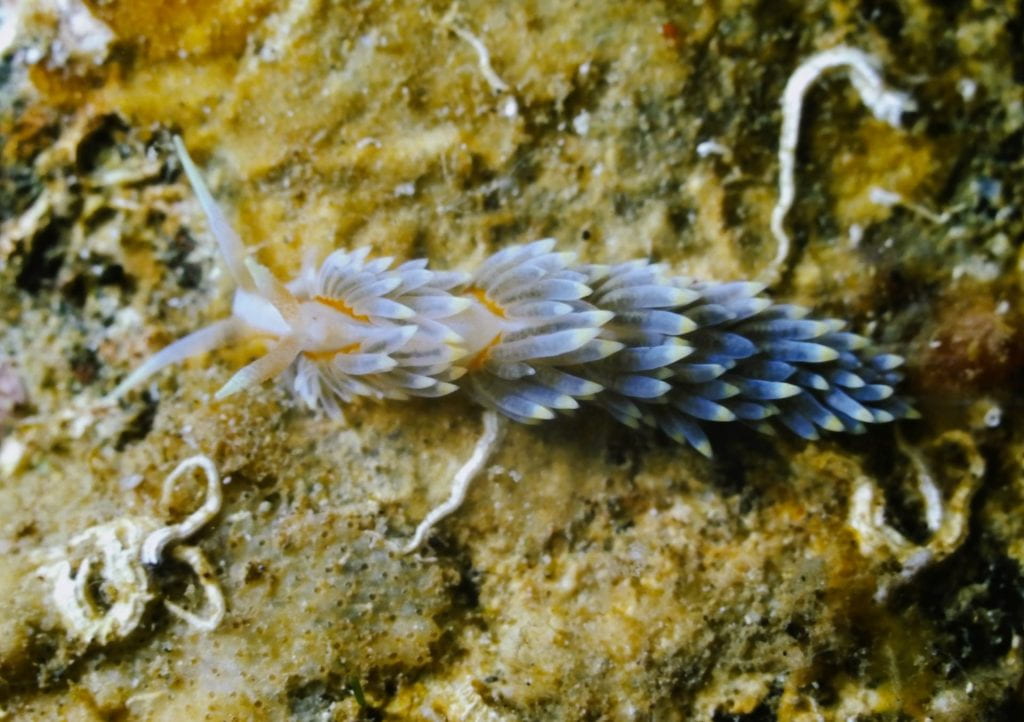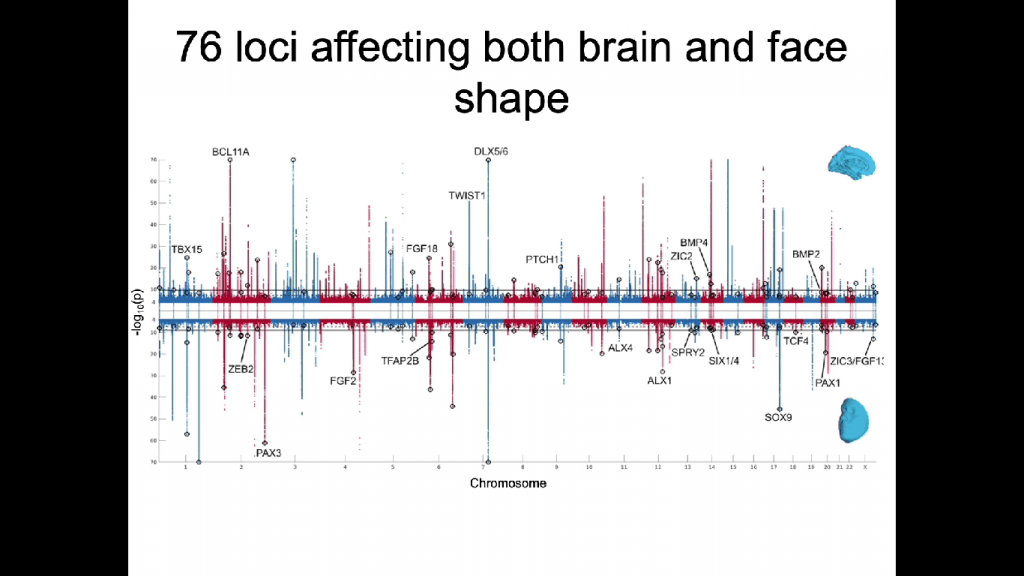By Alyssa Friedman and Viktoria Leopold Cover image credit: https://medicalxpress.com/news/2018-11-zebrafish-larvae-appetite-suppressants.html In recent years, concern about environmental contaminants has grown mainstream, spurring research into the potential impact of certain chemicals on embryonic development, or how an organism spends the early stages of its life. Endocrine-disrupting chemicals (EDCs) are particularly alarming because of how they mimic or…
Invisible Hazards: The Impact of Environmental Contaminants on Zebrafish Development










